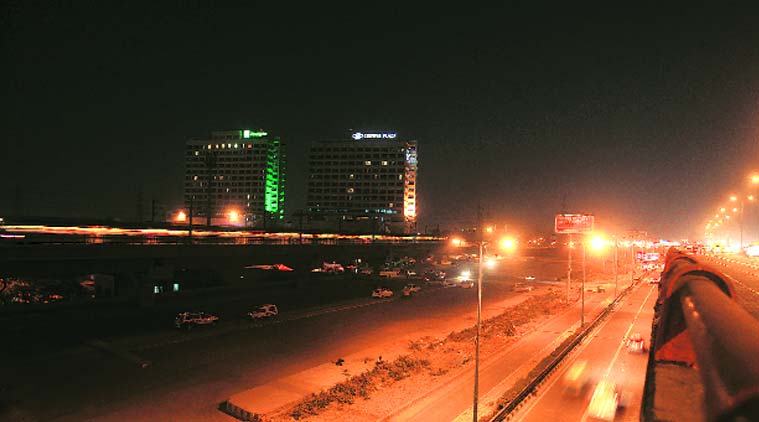Stay updated with the latest - Click here to follow us on Instagram
It’s clear some kind of dust particles do influence fog: Dr G S Bhat
Dr G S Bhat, chairperson of Delhi joint fog action committee, tells Pritha Chatterjee the effect of fog on socioeconomic problems is immense.
 The levels of PM 2.5 and PM 10 have seen a ‘steady fall’ in Delhi’s air despite a fall in temperature, which has the potential to elevate the quantity of such pollutants. (Amit Mehra )
The levels of PM 2.5 and PM 10 have seen a ‘steady fall’ in Delhi’s air despite a fall in temperature, which has the potential to elevate the quantity of such pollutants. (Amit Mehra )
Dr G S Bhat, chairperson of Delhi joint fog action committee, tells Pritha Chatterjee the effect of fog on socioeconomic problems is immense.
Why did you decide to set up such an advanced fog study system in Delhi?
Fog as a weather phenomenon often gets ignored because it is not a crisis situation like floods or cyclones. Its impact is also for a few months only. But its effect on socioeconomic problems is immense, it impacts normal life greatly. I think we have managed to get together multiple institutions only now.
Why did you choose Delhi in particular?
The Delhi study is essentially like a pilot to understand the annual fog phenomenon over the Indo-Gangetic Plain. At present, we depend on fog models developed in the US and UK, and the data may not necessarily apply here. This is the first such campaign in South Asia to understand fog.
Has the spike in particulate matter levels influenced fog?
There is a need for us to study this further. It is clear that some kind of dust particles, which are hydroscopic, or can hold water molecules, do influence fog. We also want to distinguish fog from smog… We are studying the real time role of pollutants in fog formation in this study.
Since the IMD already forecasts fogs, what technology will the new system use?
We will be monitoring every factor real-time. Using an instrument called a microwave radioactive profiler, we will study temperature and humidity profiles. Currently, we lose out on evening data, which inhibits our prediction mechanism. Similarly, using a (Light Detection and Ranging) LIDAR technology, we are studying particle formation at different heights… our prediction reduced flight diversions by 58 per cent, we want to reduce this to zero.
What will the study achieve and in how much time?
We aim to be able to predict the onset of fog, its duration and time of dissipation. We will finish installing our equipment by December 17, and collect data this season till March. We will collect data for around five years. With this observation data, we will prepare models to help us forecast fogs accurately.







